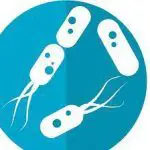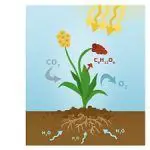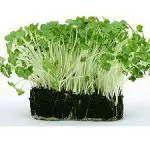Elements present to the left of the line of the periodic table are said as metals, though elements present to the far right of the periodic table are said as non-metals. Metalloids or semimetals are present just to the right of metals and possess properties of metals as well as non-metals. Hydrogen (H) is an exception, which is the first element of the periodic table and normal … [Read more...] about Difference Between Metals, Non-Metals and Metalloids
Difference Between Breathing and Respiration
Breathing is the biophysical process which involves the inhaling and exhaling of air through lungs, whereas respiration is the biochemical process which involves in generating the energy by breaking down the glucose which is further used by cells in various function. Breathing is distinct from respiration in many ways, though both are essential for living organisms. As … [Read more...] about Difference Between Breathing and Respiration
Difference Between Endotoxin and Exotoxin
Endotoxins are the Lipopolysaccharide-protein complexes (LPS), responsible for making an integral part of the cell wall of Gram-Negative Bacteria and are released at the time of cell death or lysis of bacteria. Exotoxins are the proteins which are secreted by few species of bacteria and get diffuse into the nearby or surrounding medium. Secondly, endotoxins are heat stable, … [Read more...] about Difference Between Endotoxin and Exotoxin
Difference Between Photosystem I and Photosystem II
The two main multi-subunit membrane protein complexes differ in their absorbing wavelength, where the photosystem I or PS 1 absorbs the longer wavelength of light which is 700 nm while photosystem II or PS 2 absorbs the shorter wavelength of light 680 nm. Secondly, each photosystem is replenished by the electrons, after the loss of an electron, but the sources are different … [Read more...] about Difference Between Photosystem I and Photosystem II
Difference Between Stems and Roots
The part of the plant which is present above the surface of the soil is called Stems, while Roots is the part of the plant which is present below the soil surface. Secondly stems arises from the plumule and roots from the radical of the embryo. Most importantly stems possess leaves, but roots do not. A common flowering plant (vascular plants) possess a well-defined root and … [Read more...] about Difference Between Stems and Roots





